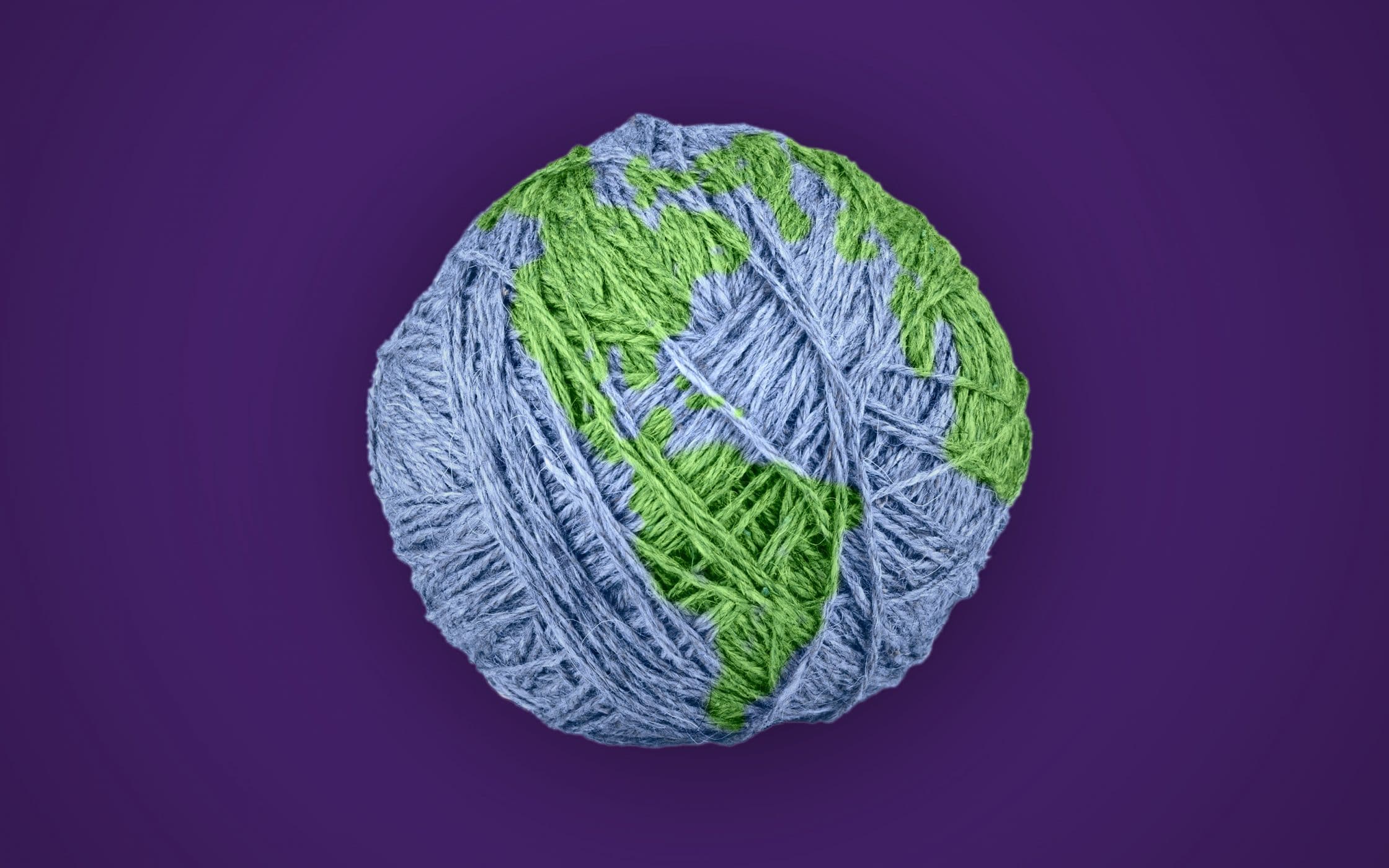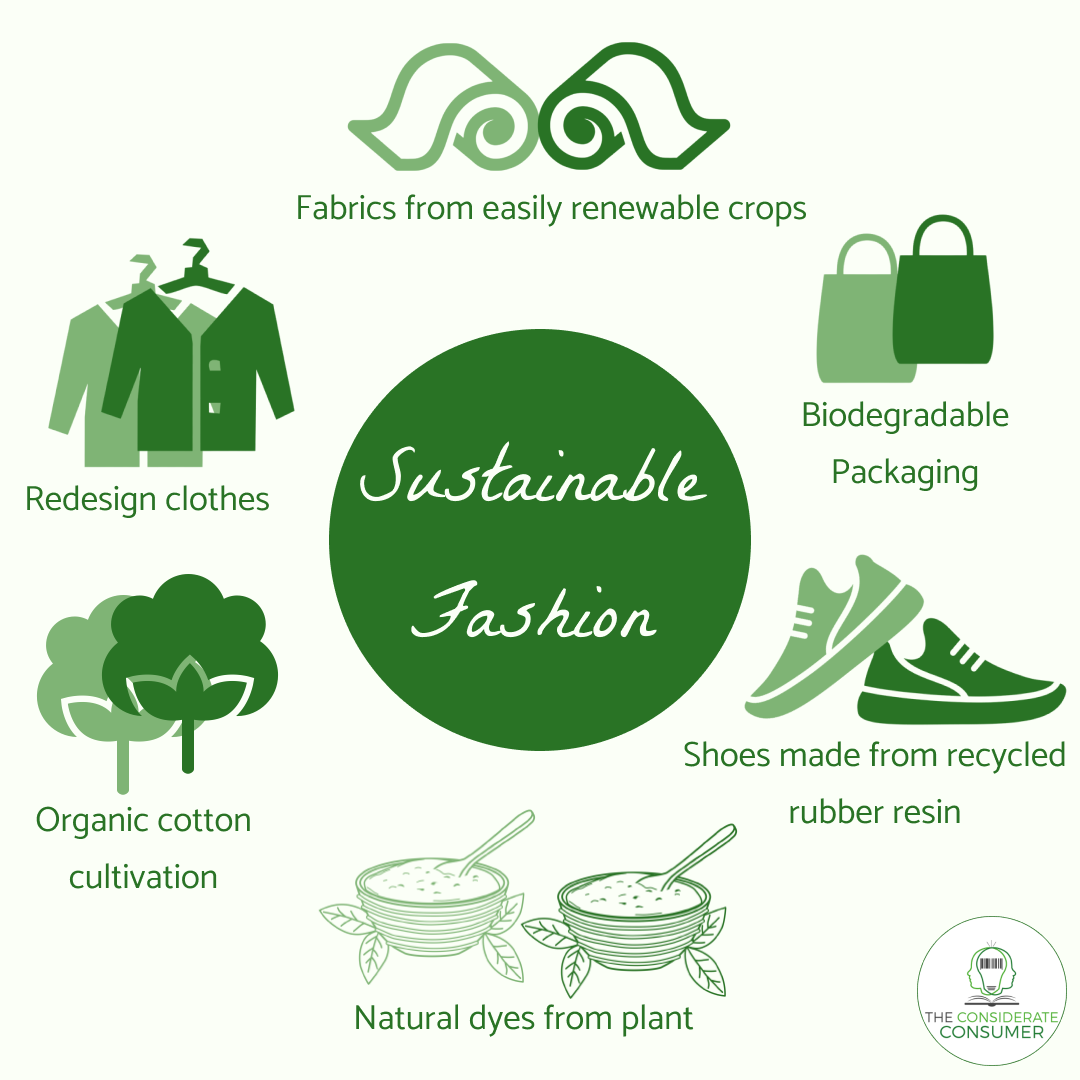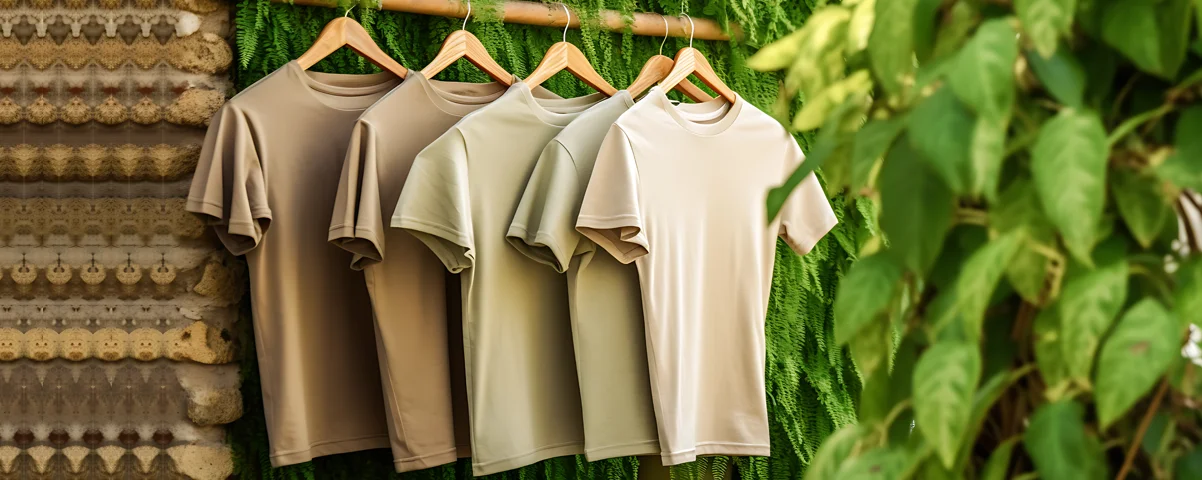Keep Ahead of the Contour by Checking Out Innovative Fashion Fads
In an industry as vibrant as style, remaining ahead entails more than just following existing fads-- it demands an expedition of technology. Smart textiles, for example, are changing garments right into useful masterpieces, while 3D printing is changing design procedures with its personalized, waste-reducing capacities. As sustainability comes to be a keystone, technologies like environmentally friendly materials and round fashion methods are improving environmental responsibility - Cape Town Sustainable Fashion. Furthermore, the convergence of innovation and style advertises a new period of customer interaction. Just how, then, can these arising patterns redefine the future of fashion, and what implications do they hold for brand names looking for to prosper in this developing landscape?

Embracing Smart Textiles
In recent times, the apparel industry has witnessed a transformative shift with the assimilation of wise textiles, an advanced innovation that blends modern technology with fabric. This advancement stands for not just a combination of looks and performance yet also a substantial leap towards sustainability and personalization in fashion. Smart textiles, additionally called e-textiles, embed innovative electronics such as sensors and conductive threads within the fabric, making it possible for garments to communicate with the user or the environment.
These textiles are designed to monitor physiological specifications, such as heart price or body temperature level, providing real-time wellness analytics. Past health applications, smart textiles are likewise being made use of for flexible apparel, which can alter color or pattern in reaction to ecological stimulations, therefore providing a dynamic style experience.
In addition, the growth of energy-harvesting fabrics that produce power from movement or sunlight is leading the way for self-dependent wearable innovation. This development is appealing to eco conscious customers and developers aiming to minimize the environmental footprint of fashion. As research study and development in this area advance, wise textiles are anticipated to end up being increasingly widespread, reshaping the landscape of modern fashion with their multifunctional capacities.
The Increase of 3D Printing
Reinventing the manufacturing landscape, 3D printing has actually emerged as a game-changer in the fashion industry. This sophisticated innovation has allowed designers to press the limits of creative thinking, producing detailed and tailored garments that were formerly unthinkable. By leveraging electronic layout and additive manufacturing, 3D printing assists in the creation of intricate geometries and patterns, allowing developers to experiment with brand-new textures and structures.
A remarkable benefit of 3D printing in vogue is its ability to create on-demand, reducing waste and minimizing supply needs. This effectiveness not only optimizes production procedures but also enables for fast prototyping, enabling designers to bring their visions to life in a shorter timeframe. Additionally, 3D printing supports customization to a level unmatched by typical methods, providing unique styles and customized fits tailored to private customer preferences.
The rise of 3D printing has likewise democratized fashion, making it available to arising designers who can now fabricate high-quality pieces without substantial monetary investment in standard manufacturing facilities. As innovation proceeds to advance, the apparel industry is positioned to harness the full potential of 3D printing, discovering new materials and strategies that will unquestionably redefine how style is developed and generated.
Lasting Fashion Innovations
As the fashion sector faces the pushing need for environmental responsibility, lasting style technologies have arised at the leading edge of transformative modification. The expanding understanding of ecological influence has actually sustained a shift in the direction of even more eco-conscious methods and materials. Brands and developers are currently prioritizing sustainability, including techniques that minimize waste and decrease carbon impacts.
One significant development is the increase of round style, which emphasizes recycling and upcycling to extend the lifecycle of garments. This technique not only decreases waste yet also encourages customers to adopt a much more conscious approach to apparel consumption.
One more advancement depends on the adoption of ingenious dyeing techniques that utilize waterless processes or natural dyes, thereby try this site reducing the substantial quantities of water and chemicals generally made use of in fabric dyeing. In addition, advancements in biotechnology have led to the creation of lab-grown leather and fabrics, using environmentally friendly and cruelty-free alternatives to conventional materials. With these introducing efforts, the fashion business is making significant strides towards a much more sustainable future.

Tech-Integrated Garments
Tech-integrated garments stands for a revolutionary fusion of fashion and innovation, improving how individuals engage with their apparel. This innovative domain is marked by the addition of clever fabrics and embedded electronic parts, enhancing both capability and aesthetic charm. From health and fitness trackers installed in sports apparel to warmed coats controlled by means of smartphone apps, tech-integrated clothing offers customers extraordinary convenience and versatility.
Introducing brand names are driving this trend, concentrating on developing garments that react to ecological stimuli or user commands. For example, some garments can transform color or pattern in action to temperature changes, while others incorporate biometric sensing units to keep an eye on health metrics like heart rate or stress and anxiety degrees. The smooth integration of innovation into textiles likewise includes environmental sustainability, with efforts to create self-cleaning fabrics or garments that get used to weather conditions, hence reducing the requirement for numerous layers.
Furthermore, the advent of wearable innovation is not just restricted to apparel yet extends to accessories like watches and glasses, additional widening the extent of tech-integrated fashion. As the industry remains to innovate, the potential for personalization and customization in clothing expands, providing consumers distinct, tech-enhanced fashion experiences that deal with their individual demands and choices.
Future of Virtual Style
In recent times, the future of online style has emerged as a transformative pressure within the industry, leveraging advancements in digital technology to redefine how style is developed, experienced, and eaten. By incorporating enhanced truth (AR), virtual reality (VR), and 3D style tools, designers can now craft immersive and interactive experiences that go beyond typical style boundaries. Online fashion permits the creation of garments that exist only in electronic atmospheres, offering endless opportunities for advancement without the limitations of go physical manufacturing.
This electronic change not only presents possibilities for innovative expression but additionally addresses sustainability worries intrinsic in typical fashion practices. Cape Town Sustainable Fashion. By removing the demand for physical sources, online style decreases waste and lessens carbon footprints. Moreover, the rise of online fashion straightens with the my review here boosting customer demand for customized and special experiences, as digital garments can be customized and customized to specific choices easily

Verdict
The style sector's future lies in the integration of sustainable techniques and innovative modern technologies. Virtual fashion is poised to redefine consumer communications.
In current years, the style industry has actually observed a transformative change with the integration of smart fabrics, an advanced advancement that mixes modern technology with textile.As the style market grapples with the pushing demand for ecological responsibility, sustainable fashion developments have actually arised at the leading edge of transformative modification.In current years, the future of online style has emerged as a transformative force within the industry, leveraging improvements in digital technology to redefine how fashion is produced, experienced, and consumed. The rise of virtual style straightens with the boosting consumer demand for unique and individualized experiences, as digital garments can be tailored and customized to private preferences with ease.
The style sector's future lies in the integration of sustainable techniques and ingenious innovations.
Comments on “Cape Town Sustainable Fashion: Ethical Clothing for a Much Better World”